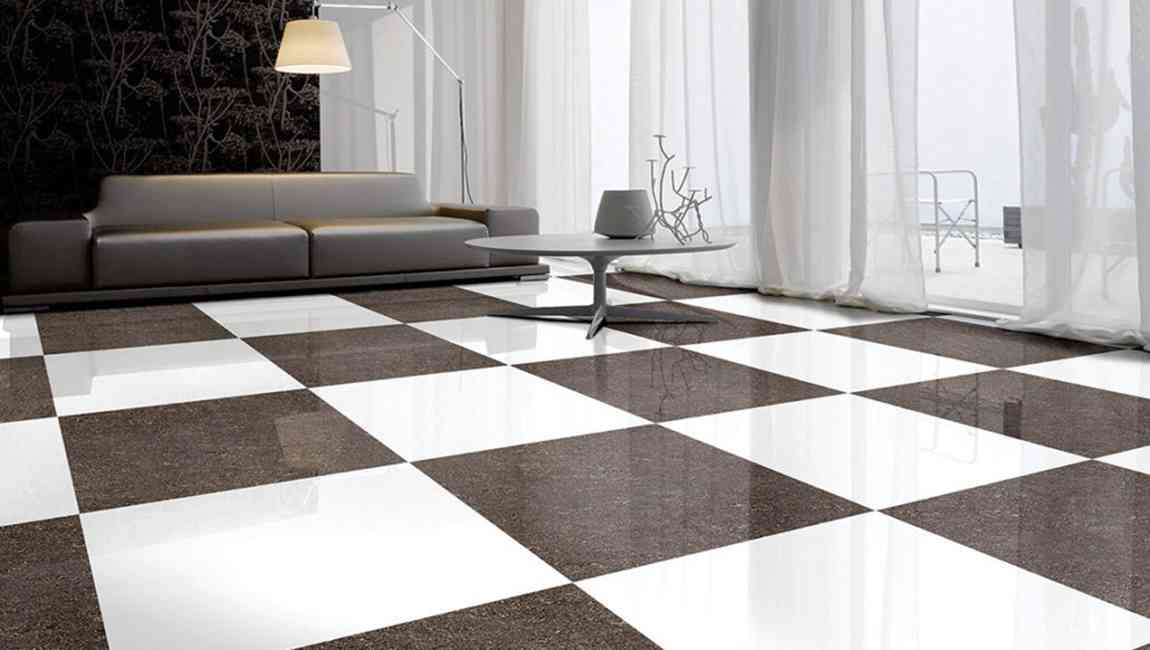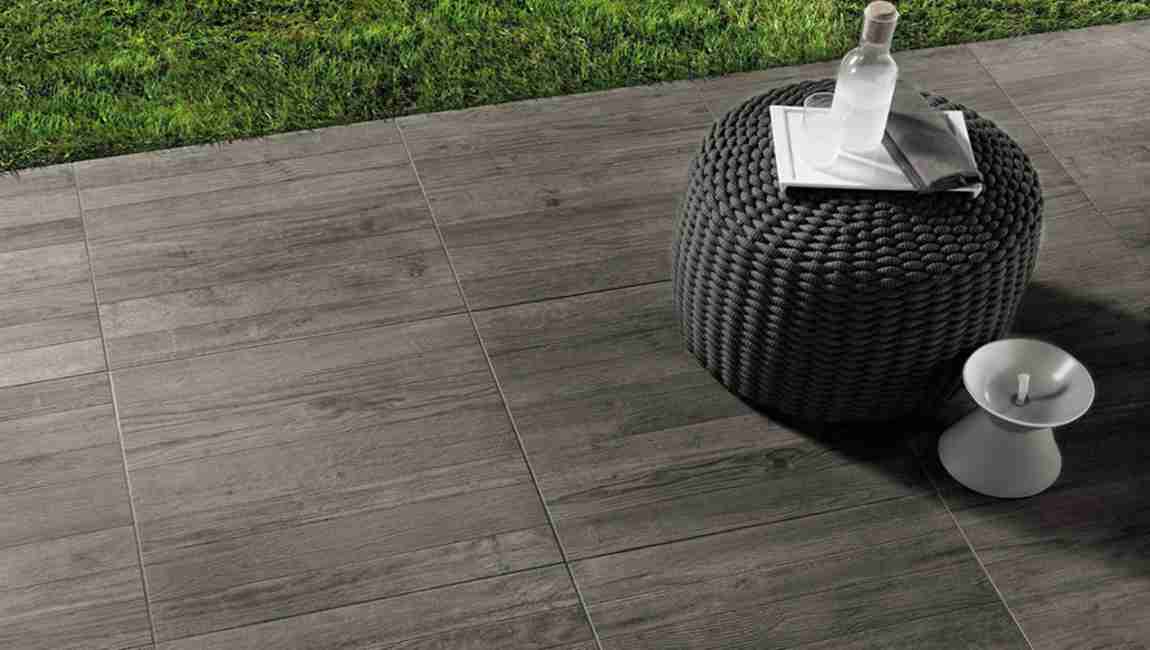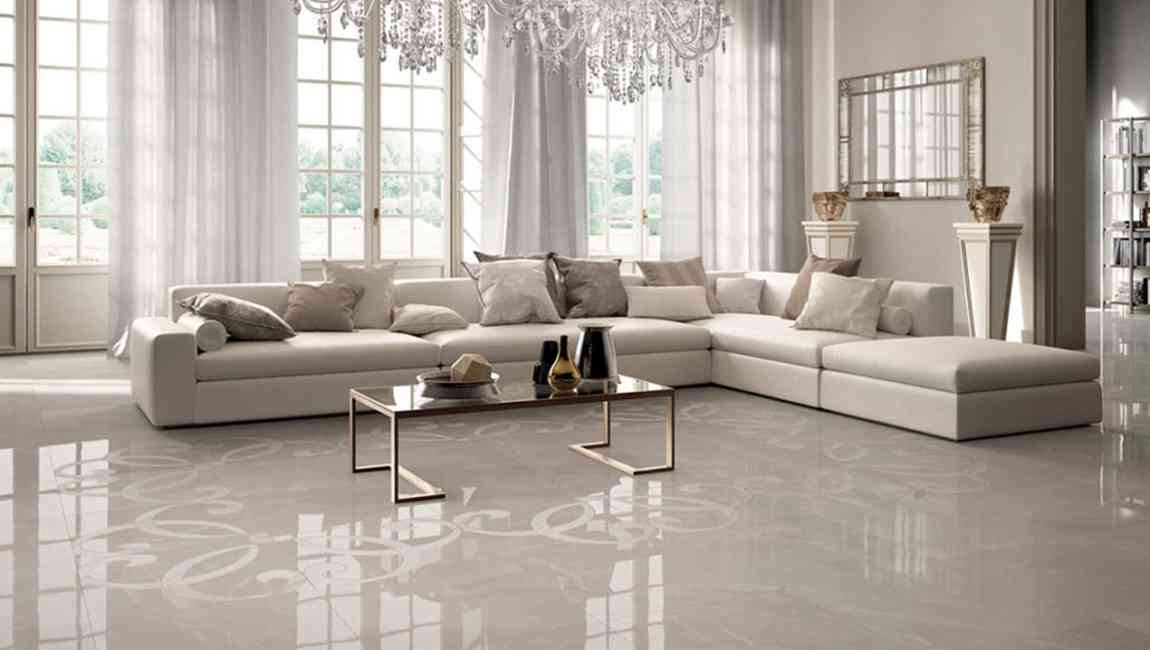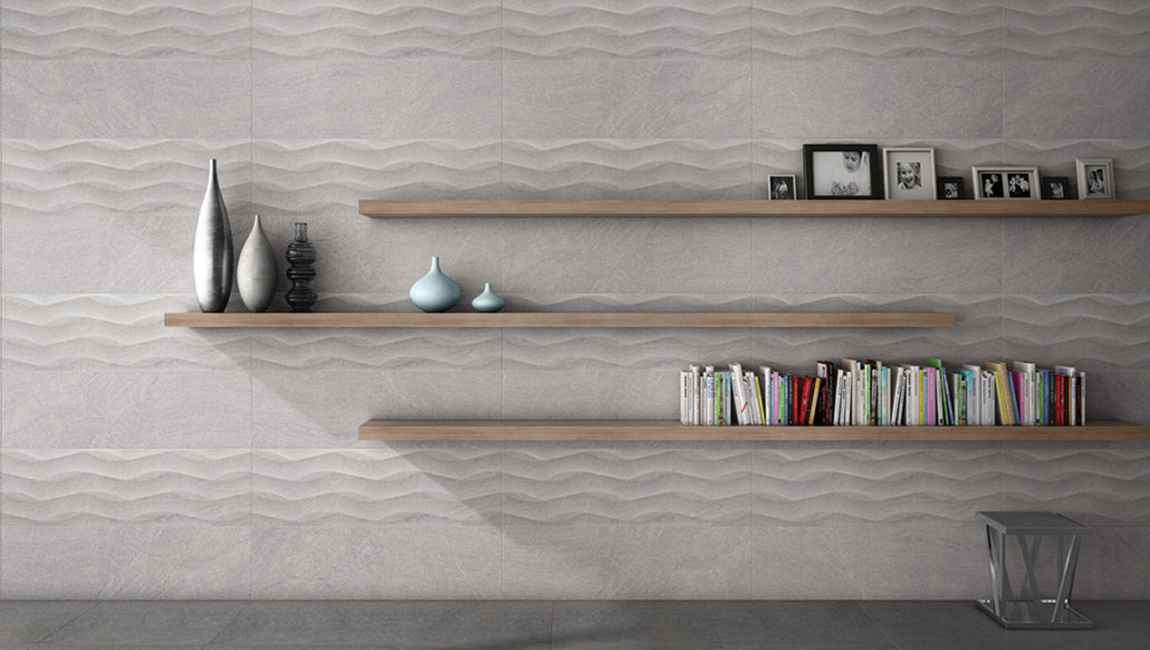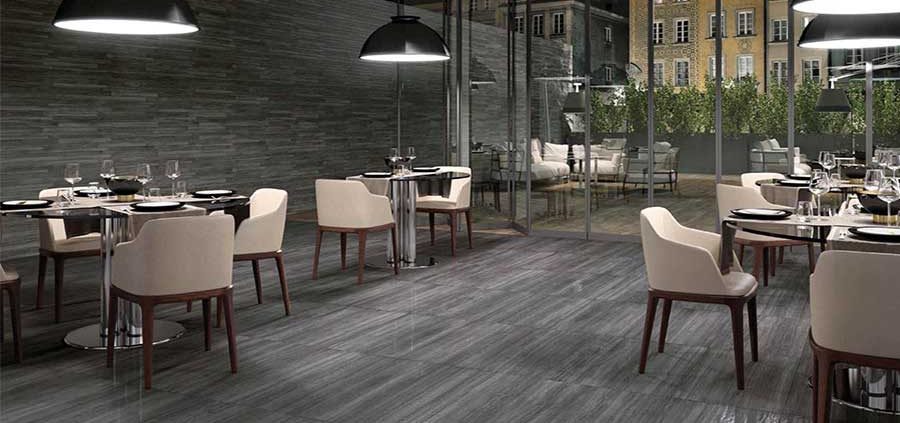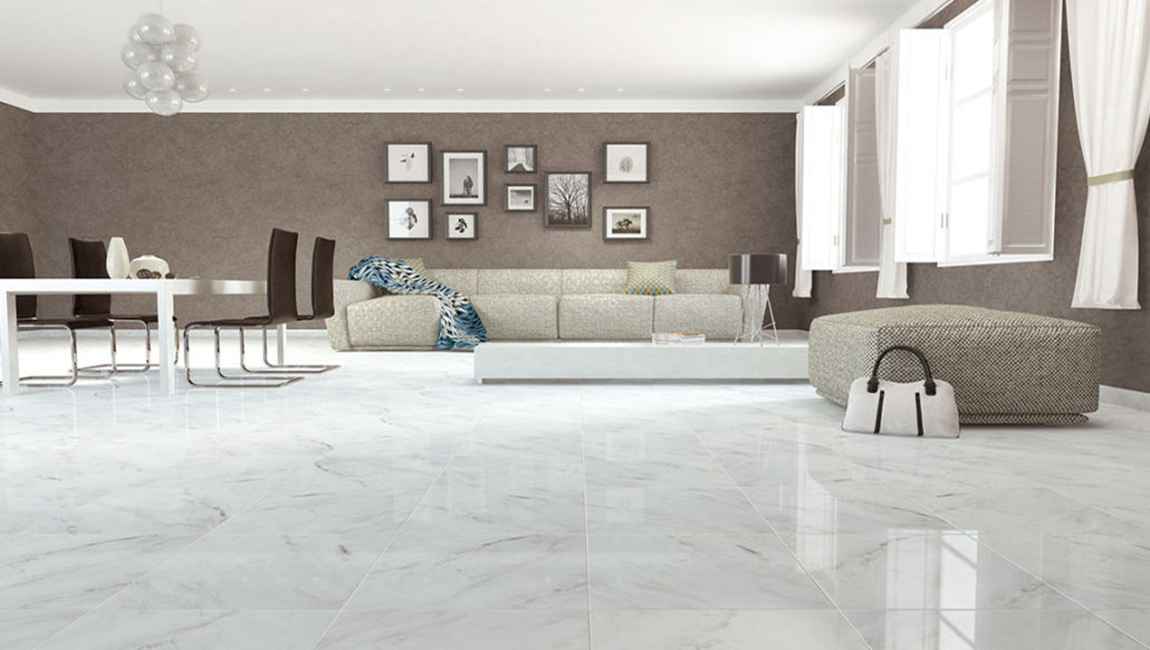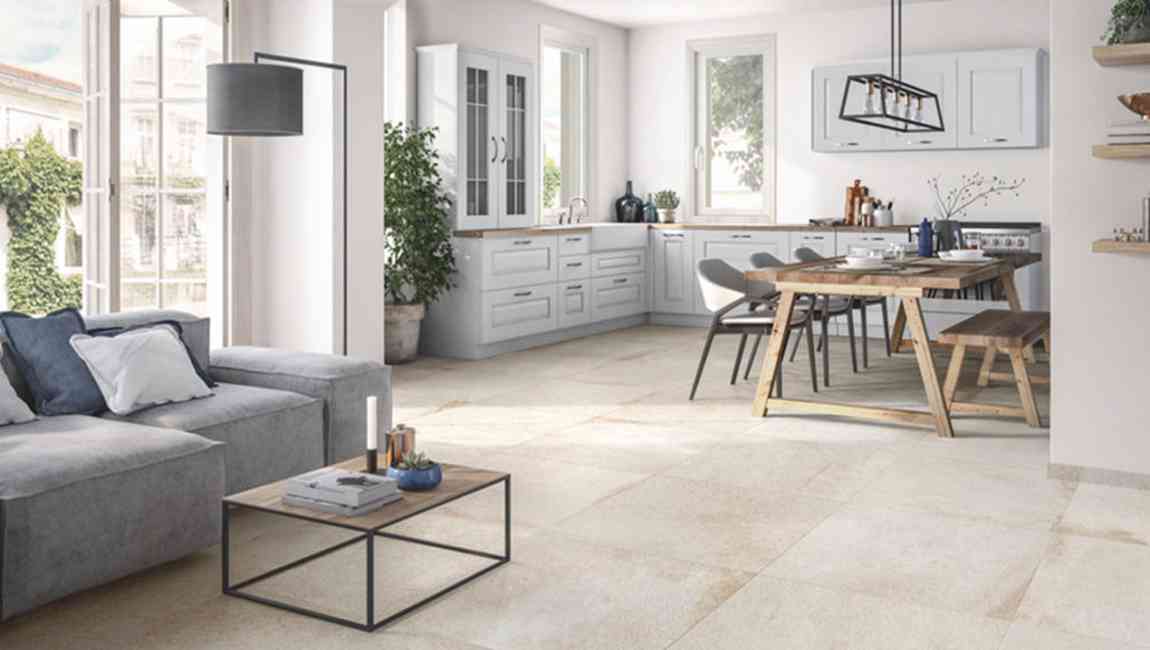How Removing Mild Buildup and Stains?
Dampen a clean rag with white vinegar. Your rag should be wet through with white vinegar, but excess vinegar should not drip or seep from the rag. Either pour vinegar onto your rag in a sink or dunk your rag in vinegar in a bucket. Wring out the rag lightly over a sink. Too much white vinegar can cause this liquid to spread to areas of the marble tiles that are already clean.
Although this can be wiped away easily, wringing out your rag after wetting it can prevent extra work. Vinegar is a great option for removing hard water stains or built up soap scum. Drape the wet rag on top of stains or buildup. Place the vinegar dampened rag over the buildup or stain on your cultured marble tiles.
Make sure the rag is flat against the stain and the wet parts of the rag touch it. Allow the rag to remain on top of the buildup or stain for several hours. With especially light buildup or stains, you may be able to wipe these away in one swipe with your vinegar dampened rag. Rinse the treated area with cold water. Remove the vinegar dampened rag from the afflicted area of your marble tiles.
Pour cold water from your sink into a cup or small bucket. Use this to douse the treated area of your marble tiles. Wipe up excess liquid with a clean, soft, dry rag. Hot water in some cases can cause stains to stick to surfaces more stubbornly. Using cold water will prevent this from happening. Treat remaining stains or buildup with a cleaning agent.
Select a cleaning agent that is intended for marble tiles or similar stone. This product should not have abrasives, which can scratch or compromise the finish of your marble tiles. Follow the label directions on the product for best results. However, this may not be the case with all cleaners. Be sure to check the label. Polish the marble tiles with a suitable polishing agent, such as tiles wax, and a soft rag or polishing cloth to restore its luster.






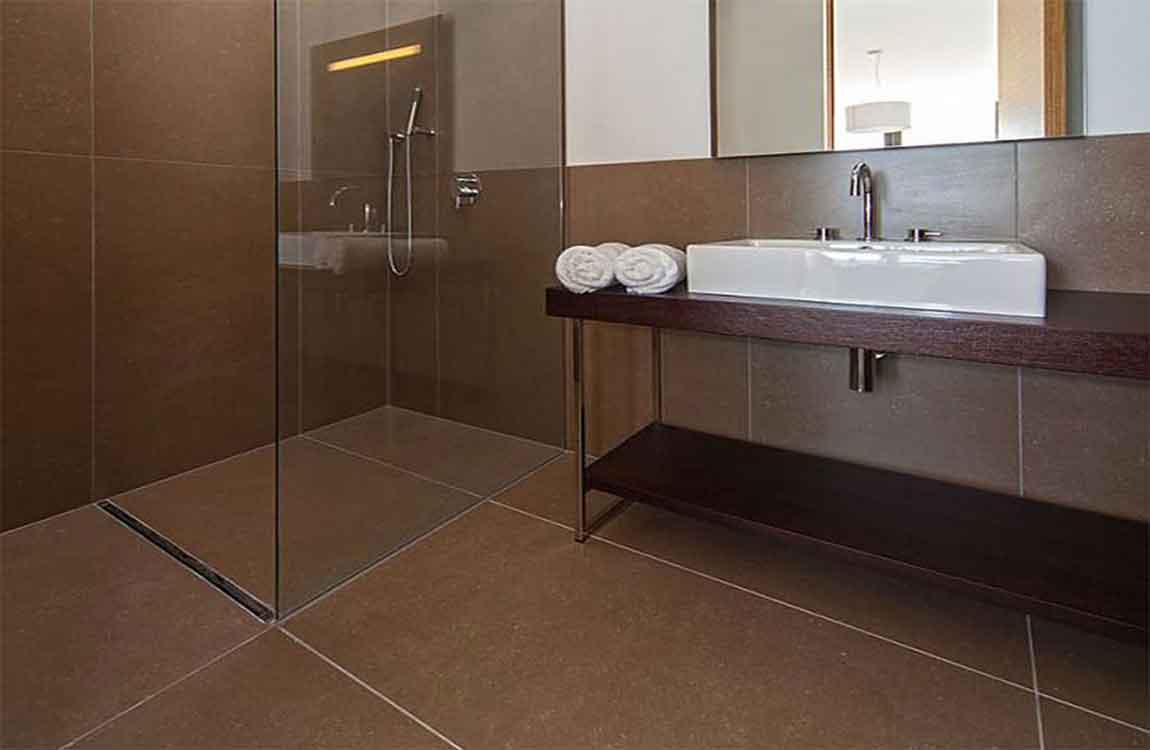
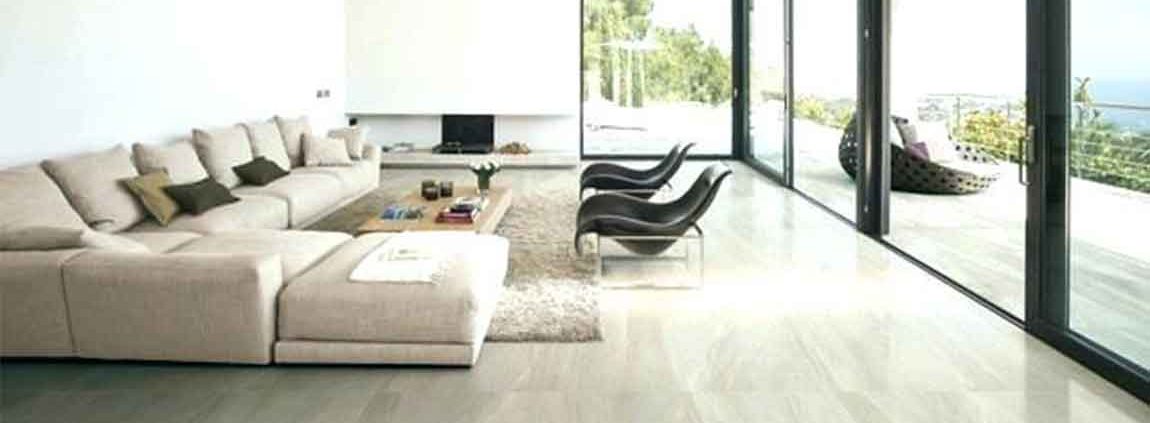
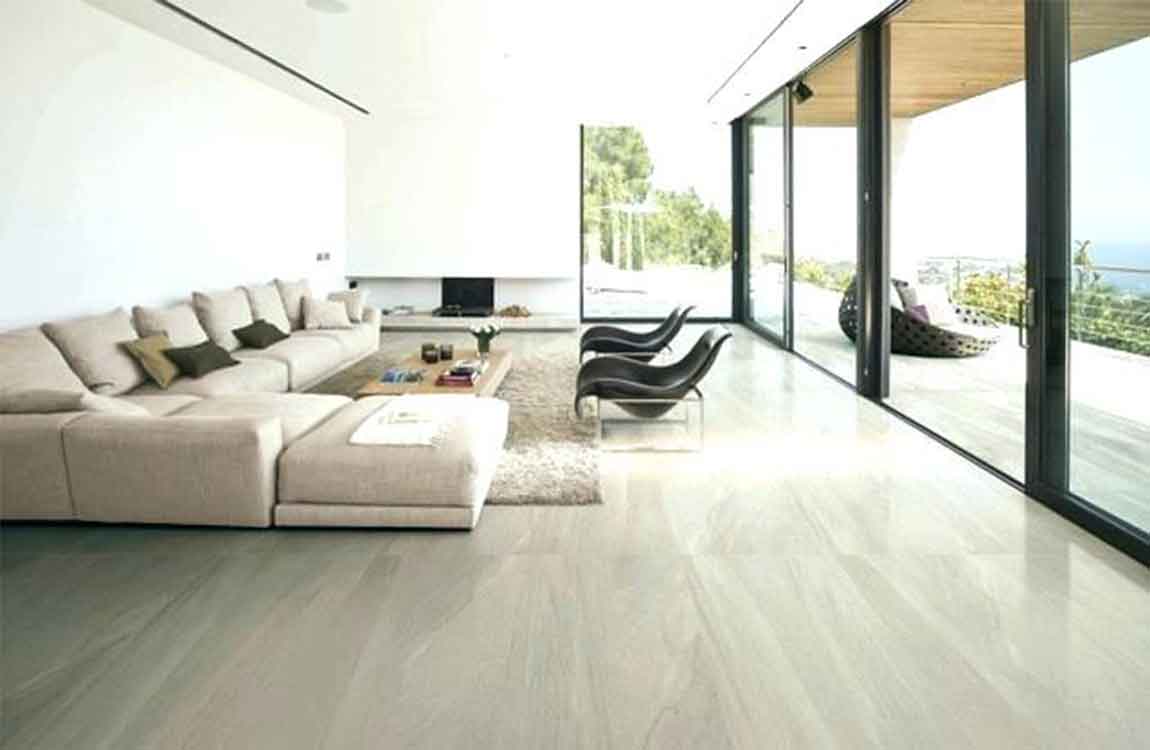
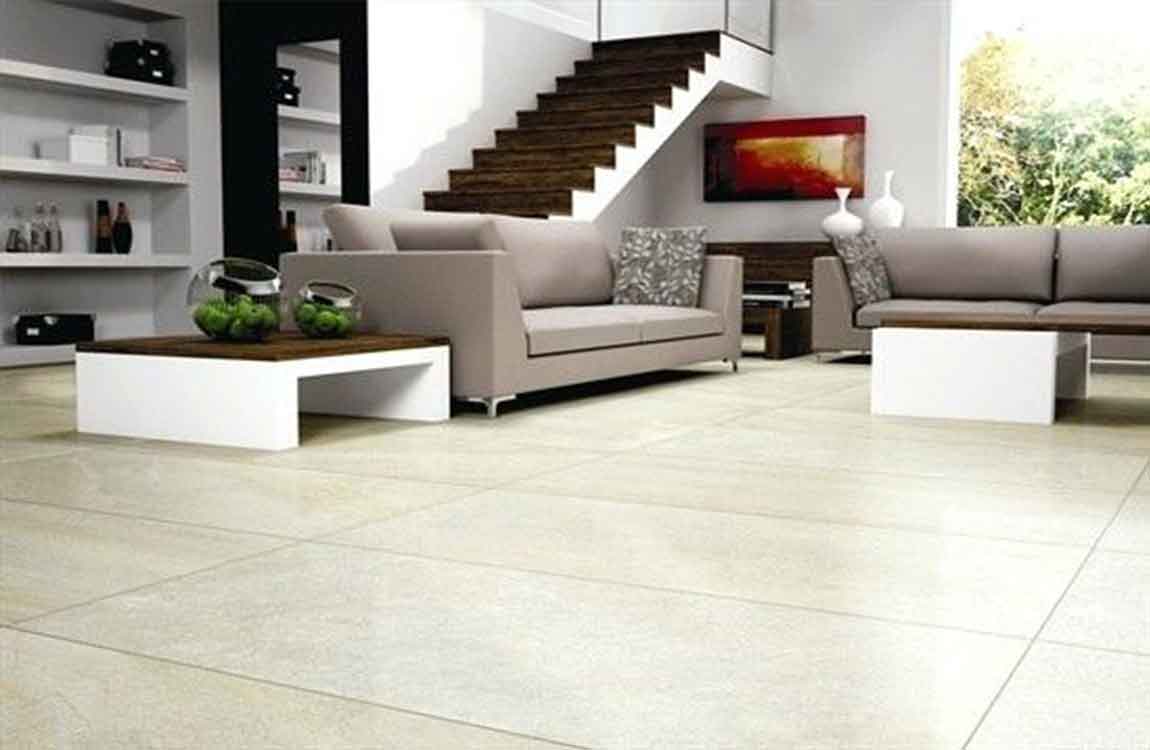
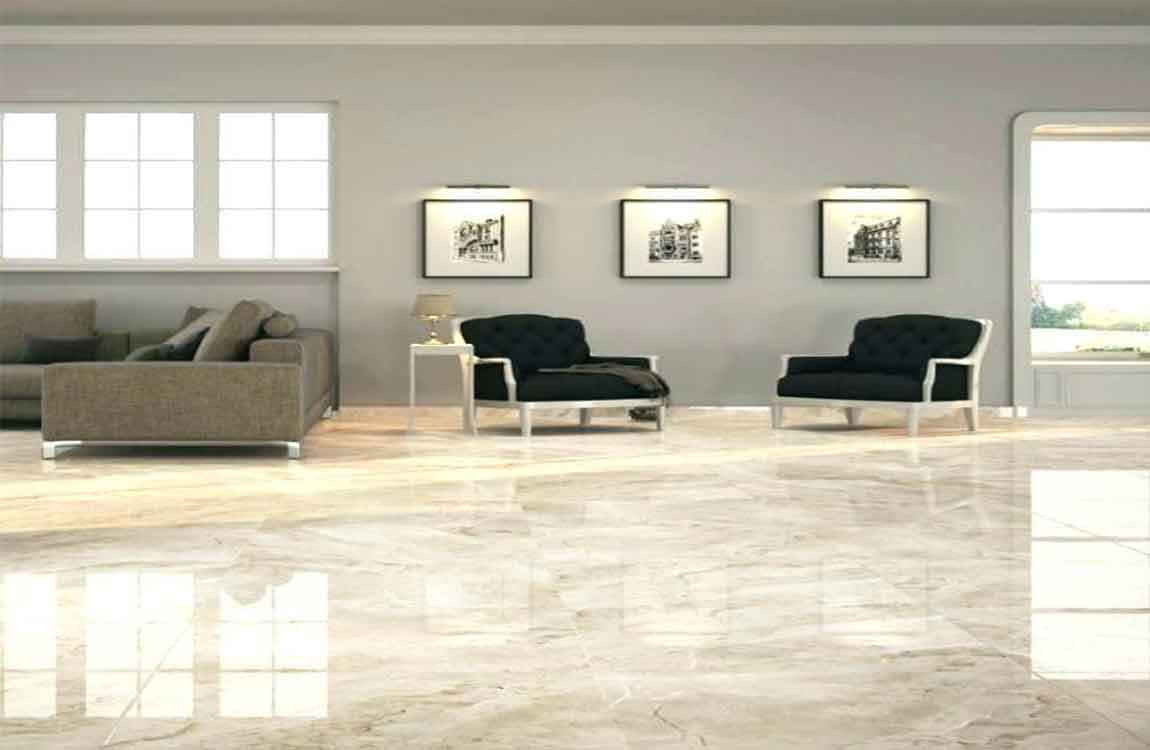
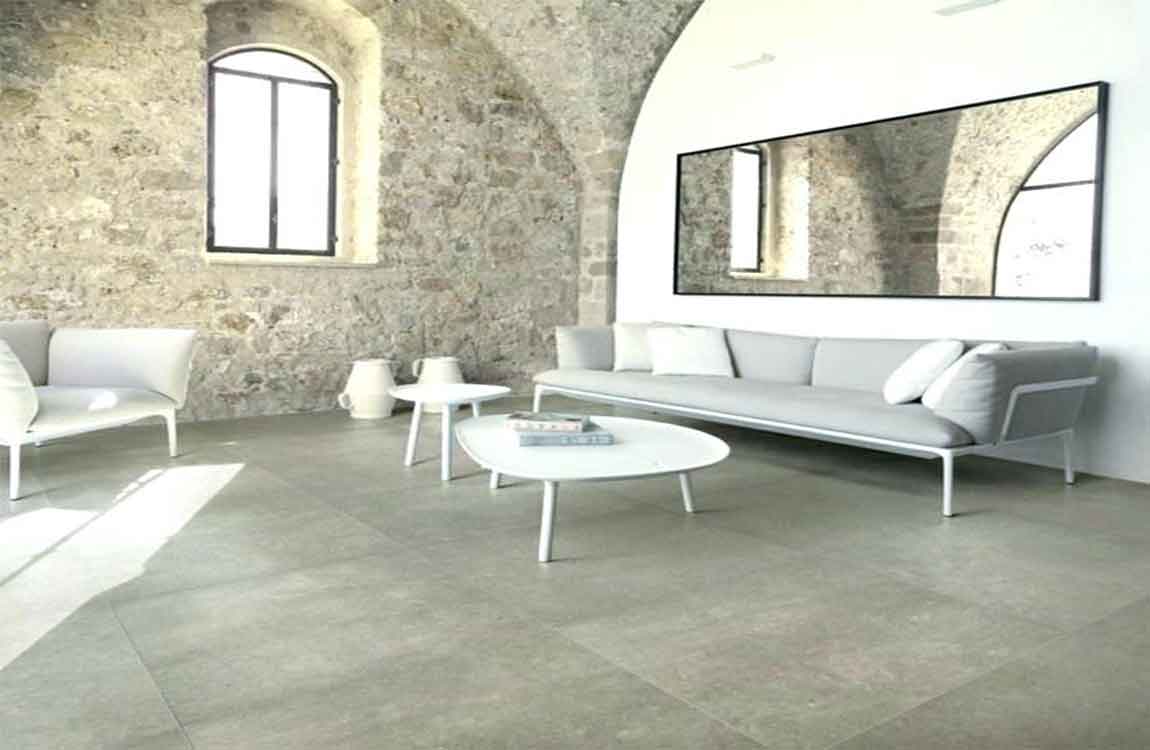
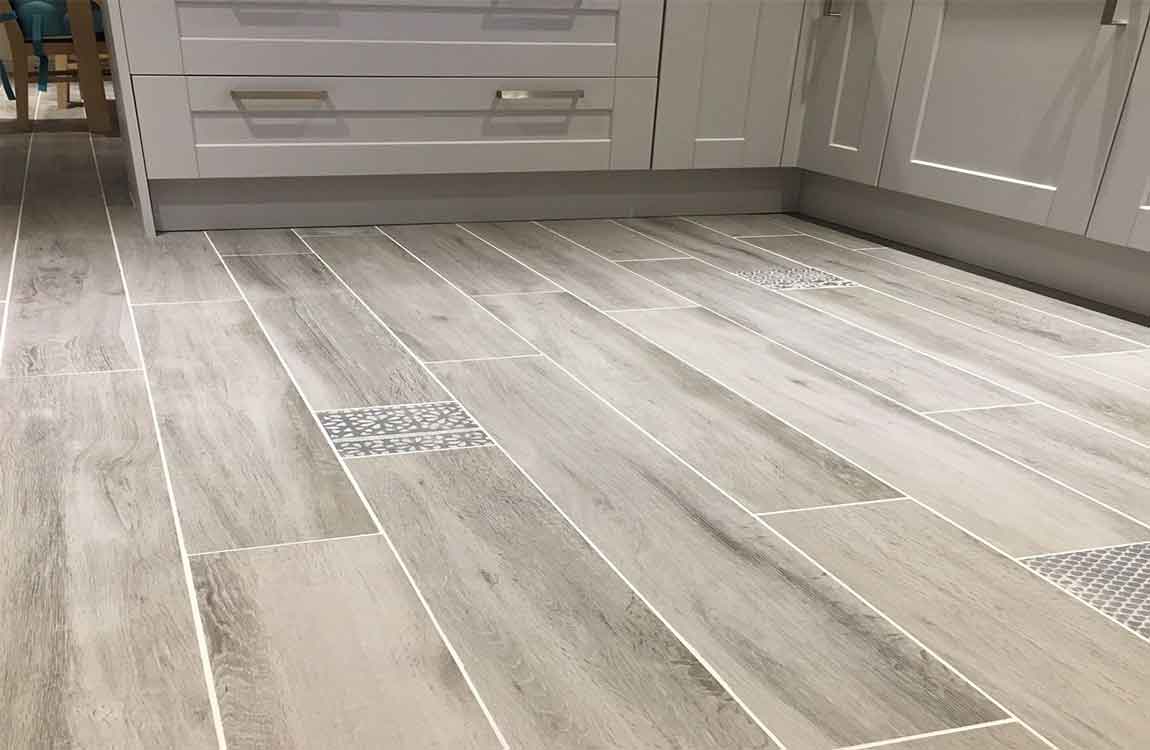
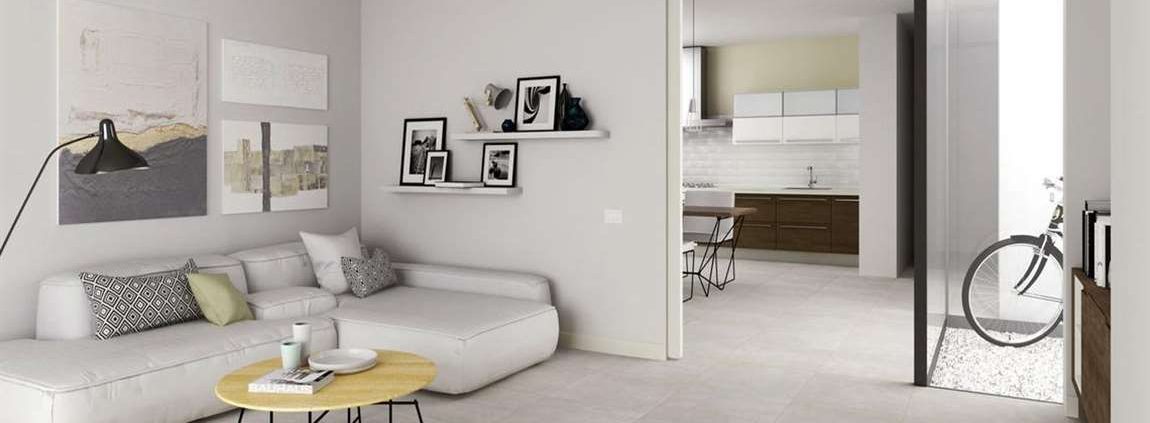
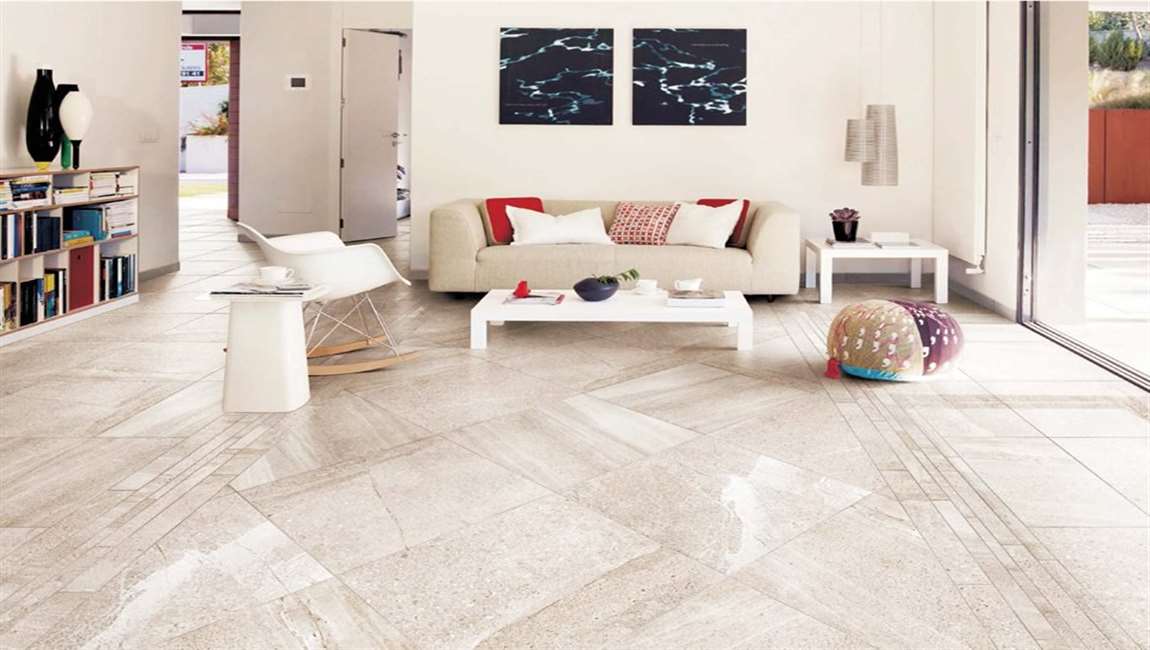 Pick the right
Pick the right Clean the concrete surface. This is a vital step of the project. Accumulated mud, dirt and other debris must be removed completely to ensure that the
Clean the concrete surface. This is a vital step of the project. Accumulated mud, dirt and other debris must be removed completely to ensure that the 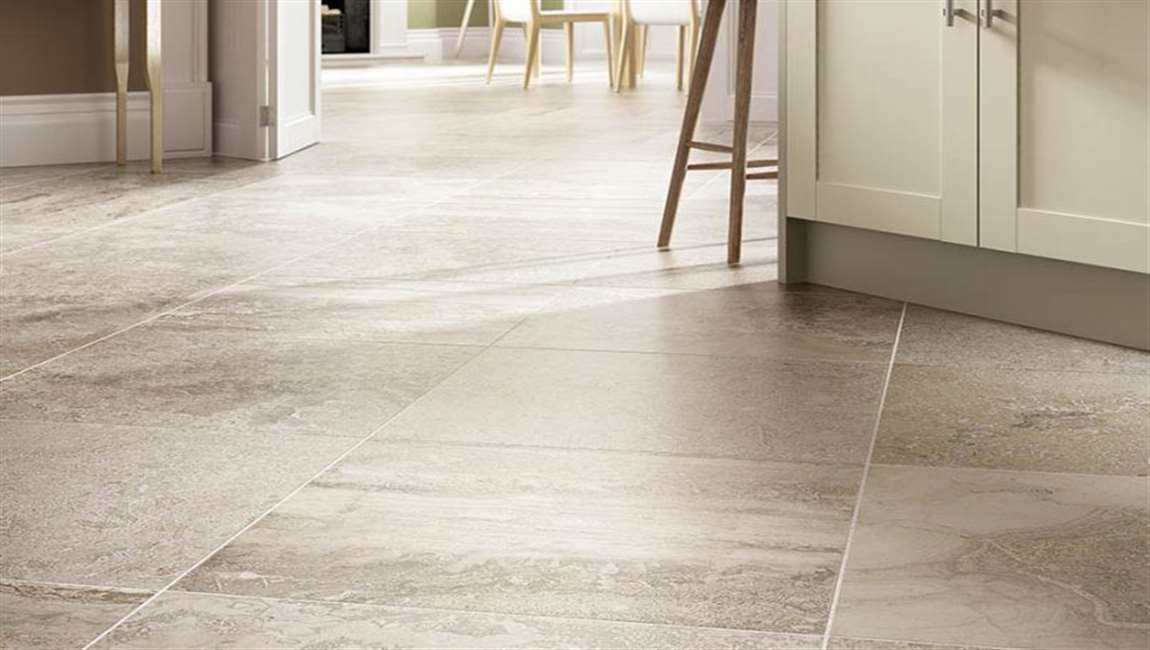 Perform the concrete repairs and leveling. To lay an even surface, the underlying concrete needs to be uniform and level as well. To achieve this, get rid of any protrusions, bumps or cracks in the surface. Using sandpaper to level the bumps and concrete and other fillers to stop cracks, you should be able to get a smooth surface. Be sure to wash it after this is done and let it dry.
Perform the concrete repairs and leveling. To lay an even surface, the underlying concrete needs to be uniform and level as well. To achieve this, get rid of any protrusions, bumps or cracks in the surface. Using sandpaper to level the bumps and concrete and other fillers to stop cracks, you should be able to get a smooth surface. Be sure to wash it after this is done and let it dry.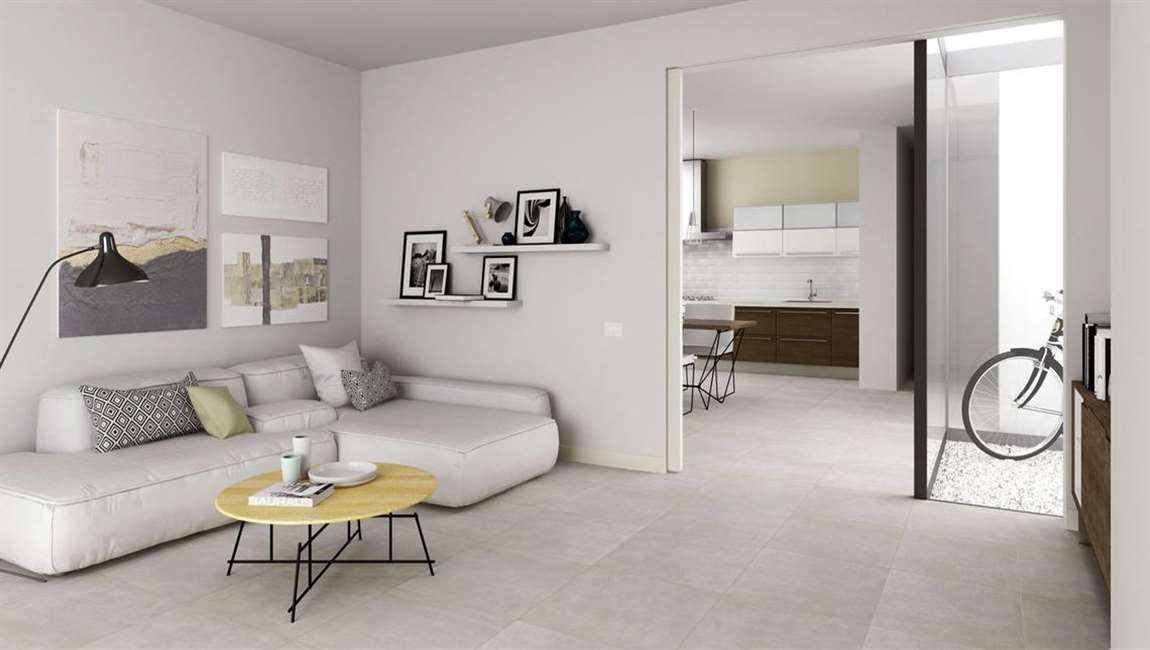 Plan the layout. After preparing the surface, plan how you intend to lay down the
Plan the layout. After preparing the surface, plan how you intend to lay down the 
 Rinse the floor with clean warm water after you are done washing it. It is important to remove all residual soap from the
Rinse the floor with clean warm water after you are done washing it. It is important to remove all residual soap from the 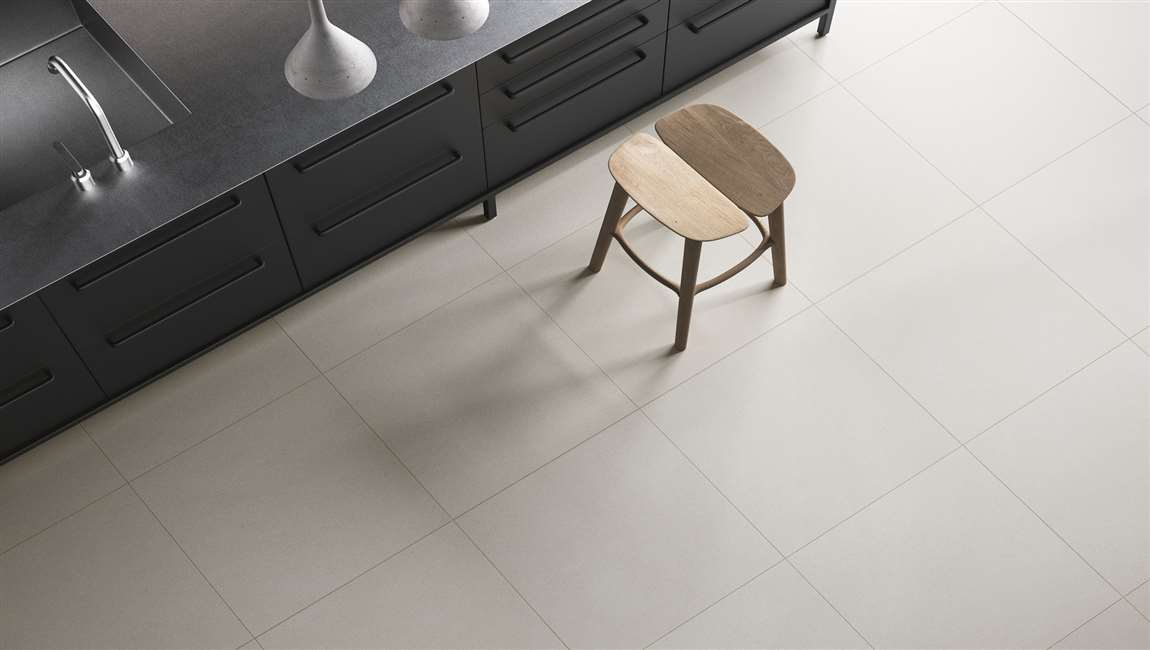 Remove stains from
Remove stains from  Clean mildew from
Clean mildew from  Remove rust spots from
Remove rust spots from 
